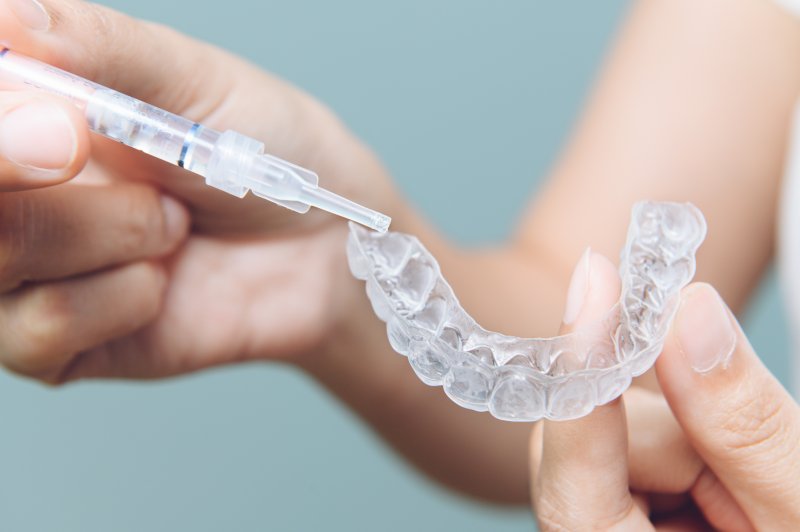
Many people find that their teeth develop unsightly white spots but have no idea why this would have happened. These white spots are the results of a form of acute discoloration called decalcification, and it’s actually a common cosmetic dental issue that most people will experience at some time in their lives. Here’s why these irksome dental splotches can occur as well as what your dentist can do to help.
Why Do These White Spots Happen?
Decalcification or demineralization can happen to anyone, and it is the result of important minerals such as phosphorus and calcium being eliminated from your enamel. This problem can happen due to many factors, a few of them being:
Too many bacteria: The human mouth is exactly the sort of dark, warm, damp, sheltered place that bacteria need to grow and multiply rapidly. While not all bacteria are bad for your teeth, the harmful varieties feed on residual sugars left by what you eat and excrete enamel-eroding acid as a metabolic byproduct. This acid can erode the minerals from your teeth and leave you with unsightly white patches on their surfaces.
Excessive fluoride exposure: Dentists love fluoride because it can naturally and affordably fortify teeth and prevent tooth decay, but there are cases when a person gets too much of a good thing. Children who are exposed to too much fluoride when their enamel is still forming between the ages of one and eight years old may develop a condition called fluorosis that can eventually leave the teeth permanently discolored. This may happen due to swallowing fluoride toothpaste or taking certain medications.
Imbalanced diet: We get almost all of the minerals we need for healthy teeth and bones from the foods we eat, and failing to enjoy a diet with enough calcium may cause your teeth to develop unsightly white patches. Consuming too many excessively acidic foods and beverages can also leave your enamel weaker and more vulnerable to stains.
How Can My Dentist Address These White Spots on My Teeth?
Luckily, your dentist can address white spots on your teeth in several ways. One of the most popular ways to enhance the appearance of a smile is professional teeth whitening treatment. This procedure can come in the form of a take-home kit that can be completed in about two weeks or an in-office procedure that can be finished in about an hour. In either case, the treatment will break up the discoloration so that it becomes less noticeable, and the process will leave your teeth up to eight shades whiter.
Don’t let unpleasant white spots on your enamel diminish your self-image. Consulting with your dentist can help you find the best way to achieve your prettiest smile.
About the Author
Dr. Mark Jacob earned his dental degree at the University of Illinois School of Dentistry and completed a two-year General Practice Residency at Illinois Masonic Hospital. He is proud to be a member of the American Dental Association and the Chicago Dental Society. His office in Deerfield offers general, restorative, emergency, and cosmetic dentistry. To book your teeth whitening consultation, contact his office online or dial (847) 564-2180.
